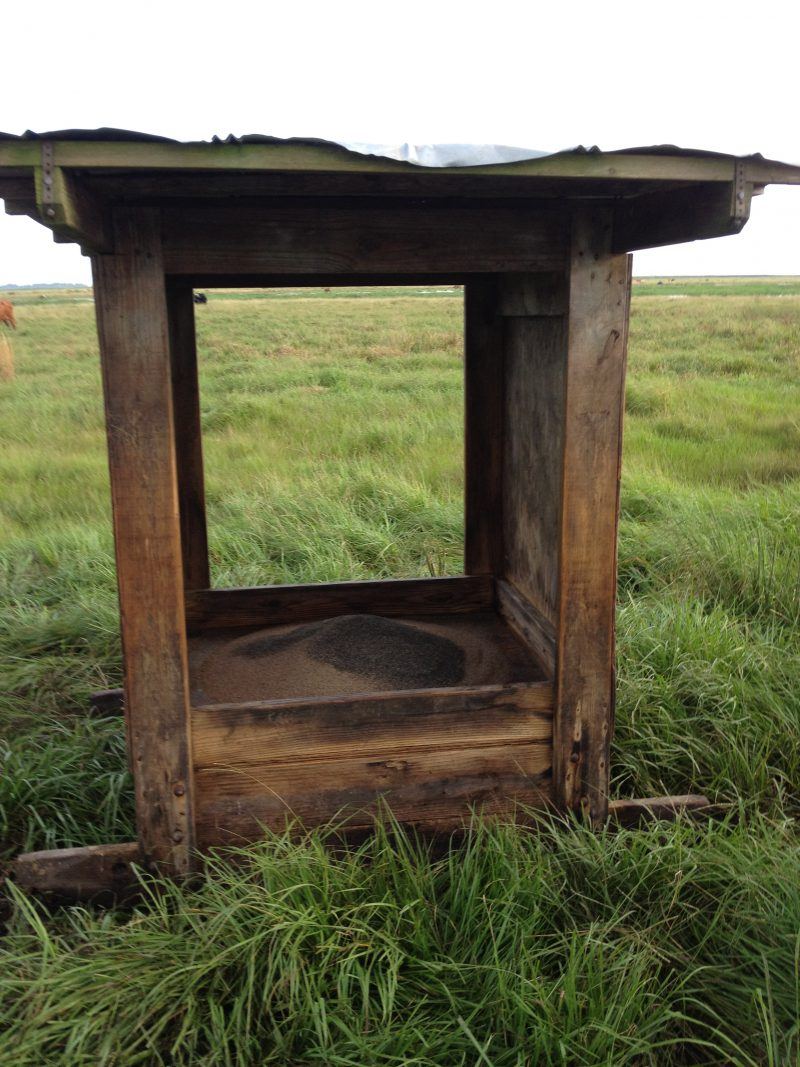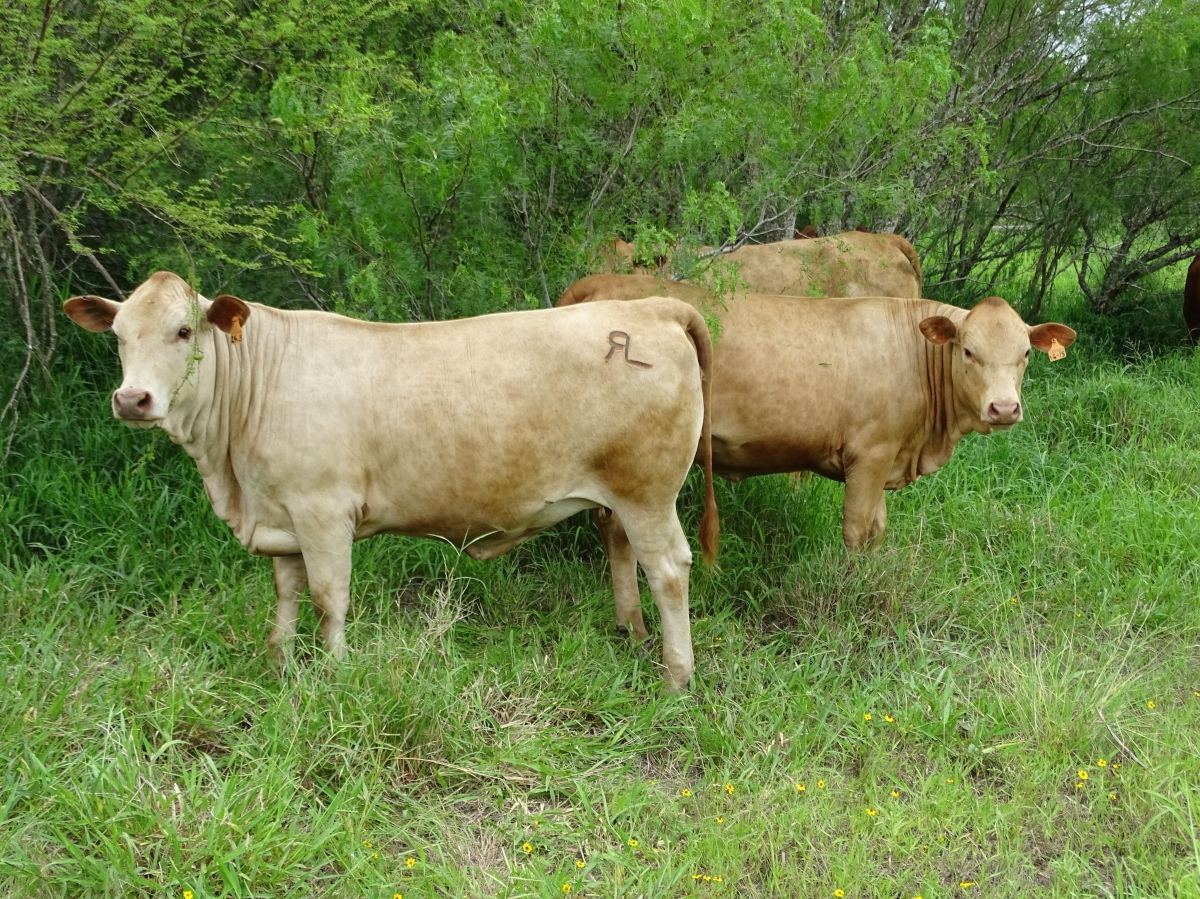Silver
Well-known member
And the phosCattle can't self regulate the loose minerals they consume. The only thing that is regulating the loose minerals is the salt that is in it

And the phosCattle can't self regulate the loose minerals they consume. The only thing that is regulating the loose minerals is the salt that is in it
We will have to agree to disagree. Genetic diversity is a good thing imho.I see too many cows that are someone's science experiment gone wrong. They think they're going to create the next great crossbreed and keep mixing in more breeds when in reality all of their cattle are culls that should have gone to the feedlot. This is what I mean when I say that we have too much diversity.
The good news is that what you refer to is mostly an American issue, there will still be lots of genetic diversity around the world to bail you folks out.We will have to agree to disagree. Genetic diversity is a good thing imho.
I didn't say we needed to create the next 4-8 breed cross.
But how about breed organizations start praising the fact they aren't angus. Instead of theoughing there hands in the air and changing the rules so they can be a angus cross /black hided organization as well.
I think we will regret the fact that the gene pool among different breeds is so bottle necked and their are very few genetically distinct cow families within each breed.
You can stand by your statement all you want I have posted numerous article that shows research says different@Rmc. You have said that before. Have you ever noticed that when cattle have been in a pasture too long that they tend to overconsume mineral yet, when you move them to fresh pasture they cut way back on mineral consumption? That is showing you quality of forage dictates mineral consumption. You can't fool a cow. When they aren't getting enough diserable feed or feed they can't digest, they will overeat mineral. So quality and quantity of forage dictates mineral consumption. I stand by that statement.

This is not always 100% accurate. The problem comes from the fact that it's not (always) enough salt (for the livestock's nutritional needs) and too often, certain forages accumulate the salt in their roots and not the foliage.. I know their forage does not have salt in it, but something gets them consuming more or less at different times of the year.

I've noticed that when cattle are on out pasture they will tend to consume more of anything else that's available. And when on fresh pasture they don't.....it's not exclusive to mineral.@Rmc. You have said that before. Have you ever noticed that when cattle have been in a pasture too long that they tend to overconsume mineral yet, when you move them to fresh pasture they cut way back on mineral consumption? That is showing you quality of forage dictates mineral consumption. You can't fool a cow. When they aren't getting enough diserable feed or feed they can't digest, they will overeat mineral. So quality and quantity of forage dictates mineral consumption. I stand by that statement.
You can use mineral as a management tool. If they are hitting the mineral hard, it's usually time to move them. If cattle don't get enough dry matter they can digest, they will eat anything. Sagebrush, sticks, anything to satisfy that requirement. Not much attention was paid to dry matter for some time, but it does have a bearing on what cattle consume.I've noticed that when cattle are on out pasture they will tend to consume more of anything else that's available. And when on fresh pasture they don't.....it's not exclusive to mineral.
I did not see this question until now. Been occupied with the ice, snow and wind storm that came through Sunday. I have never used any of the Conley bulls. But definitely agree that Lookout on a simmental cow adds some style and a very nice clean look based on what I have seen. I only have a very few cows mainly to entertain myself in retirement. So many bulls that I would like to try but limited by the number of cows.Ever put BC Lookout on any of your Simmentals? He crosses exceptionally well with them.
On the subject of using crossbred bulls, I used crossbreds in my original commercial herd, along with selected pedigree bulls from my registered herd, but why not see what the opinions are from one lifelong rancher and international geneticist, and anothe life long rancher and veterinarian - https://www.regenerativeag.info/food-for-thought/I've had a small herd of 5 red angus for 4 years now so still quite new to this. I process and sell 1-2 a year to friends/family and sell/sale barn the rest. I'd like to add some heterosis to my calves and have the option to buy a reasonably priced Charolais-highland bull from a trusted ranch. I kinda like that the highland genetics "might" add a little forage efficiency. But everything I read on cross-breeding emphasizes crossbred dams with purebred sires. Is this still worth thinking about or should I stick with RA bulls? Is there some common wisdom on crossbred bulls with purebred dams?

You left out the number one issue in the equation. Herd Management.Two ranches; established with 200 good commercial cows similar in appearance and raise their own replacements. Ranch A. Buys papered bulls every time when needed with close attention paid to latest EPD's.
Ranch B. Selects bull from within from proven early calving, structurally sound and good temperament cows.
Which ranch after several years of sticking to their routine would have the most uniform herd, adapted to their environment and sell in the largest lots and in effect be more profitable?
Very interesting point of view. I align with her philosophically for sure.On the subject of using crossbred bulls, I used crossbreds in my original commercial herd, along with selected pedigree bulls from my registered herd, but why not see what the opinions are from one lifelong rancher and international geneticist, and anothe life long rancher and veterinarian - https://www.regenerativeag.info/food-for-thought/

Breeding Objective
A Breeding Objective is a statement or plan about how genetic progress will be achieved by the breeder. It calls for a long-term commitment on the part of the breeder, requiring several generations…lukefahr-ranch.com
A trusted farm won't sell a crossbred bull for breeding. You might reevaluate that relationship. The most important animal in your herd is your bull.I've had a small herd of 5 red angus for 4 years now so still quite new to this. I process and sell 1-2 a year to friends/family and sell/sale barn the rest. I'd like to add some heterosis to my calves and have the option to buy a reasonably priced Charolais-highland bull from a trusted ranch. I kinda like that the highland genetics "might" add a little forage efficiency. But everything I read on cross-breeding emphasizes crossbred dams with purebred sires. Is this still worth thinking about or should I stick with RA bulls? Is there some common wisdom on crossbred bulls with purebred dams?